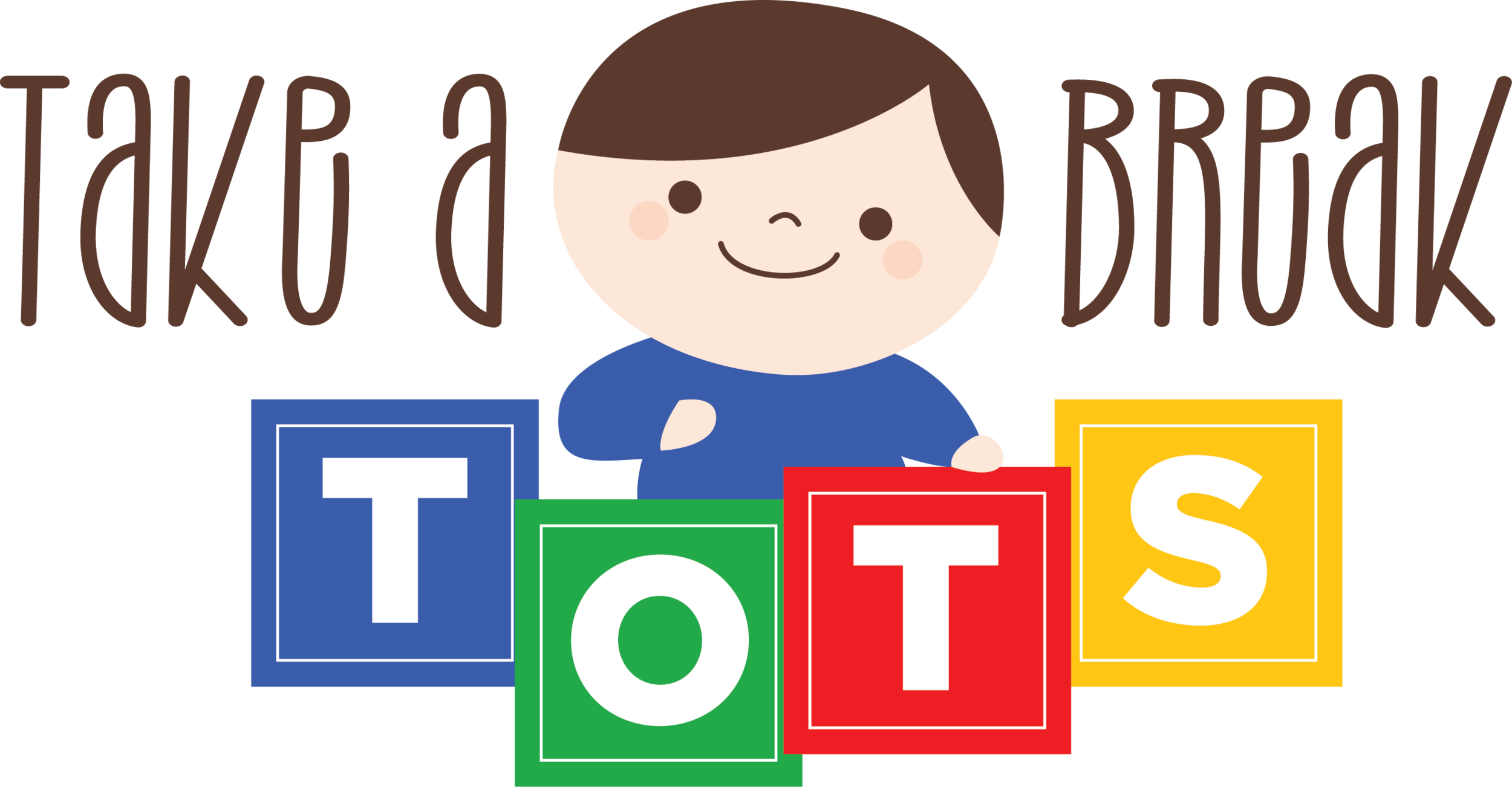Biting
Kids bite. It is a typical childhood behavior. It gets a bad rap and I understand why. It tends to cause more harm than other similar behaviors like hitting or kicking. Seeing teeth marks on a child’s skin is upsetting. Sometimes bites leave a bruise and they might even break the skin. Not great.
But biting is no different than hitting in my opinion. Behavior is information. Behavior is communication. Our kids each have different methods of relaying their thoughts, feelings, and ideas. They tend to resort to physical behaviors in the younger years as language is developing because their bodies move faster than their brains can provide the words. It’s impulsive. Some kids hit. Some kids scream. Some cry. Some bite.
Physical behaviors, especially biting, are efficient and effective methods of communication. If I want the toy you have, I bite you, you drop it. If I want you to move, I bite you, you run away. If I need attention, I bite, you look at me. Communication.
If you have a child who bites, take a deep breath. It’s going to be ok. I promise you. Be ready! Children who bite are repeat offenders. It’s up to the grown ups to help and redirect the behavior so the child learns a better way to communicate.
Things to do:
Find the “why.” When we know their motivation, we know how to help. What are they trying to communicate? What do they need in that moment?
Provide the language. Keep it simple. One word catch phrases like “no,” “help,” “stop,” or “look!” Keep you ears alert to these words so you can run and intervene ASAP! It’s up to the grownup to stop it. The child cannot help it!
Redirect - have teethers everywhere! Provide safe things to bite to fulfill the physical need.
Be prepared and be consistent.
Cut out:
Yelling or being overly firm. It doesn’t help. We cannot get them to stop by scaring them. Timeouts don’t work either (check out this blog post for more info on Timeouts).
Avoid phrases like “biting hurts” or “we don’t bite.” Remember, their intention is not to hurt, but to communicate something. They are not thinking about the consequences in these moments, they are acting impulsively to meet some need. It doesn’t matter that biting hurts.
Better language:
“Oh! You are mad! Bite this (hand something safe). Yell ‘MAD!’ and I will come help you. No bite {recipient’s name}.”
“Hold on! I think you want that toy. Say, ‘my turn!’ and I will come help you. No bite.”
“Oh! I think you want me to move away. Say, ‘MOVE!’ and I will hear your words. No bite.”
We want behaviors like biting to dissipate by about age 3. They should be using more verbal language to express their ideas and fewer (not zero!!) physical behaviors. Reach out for support if you need more help or more information. I’m here to help!

